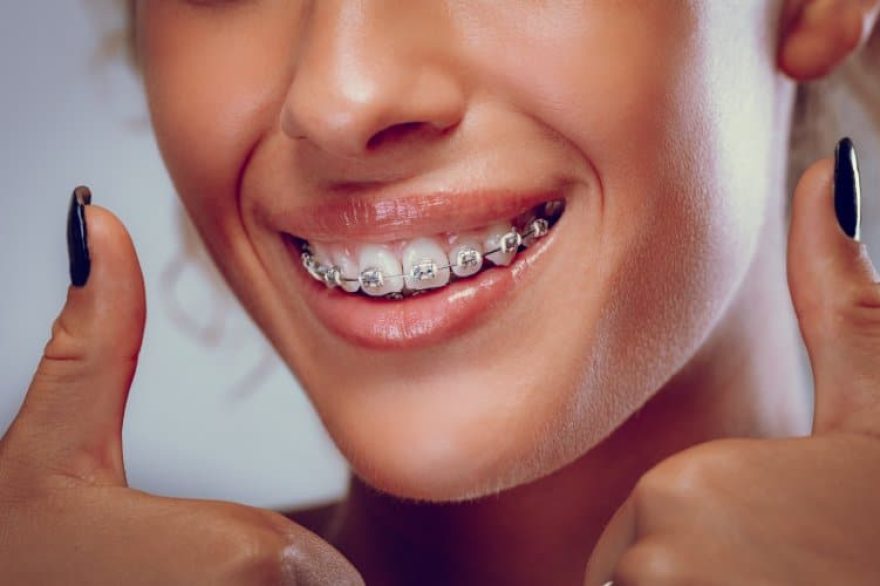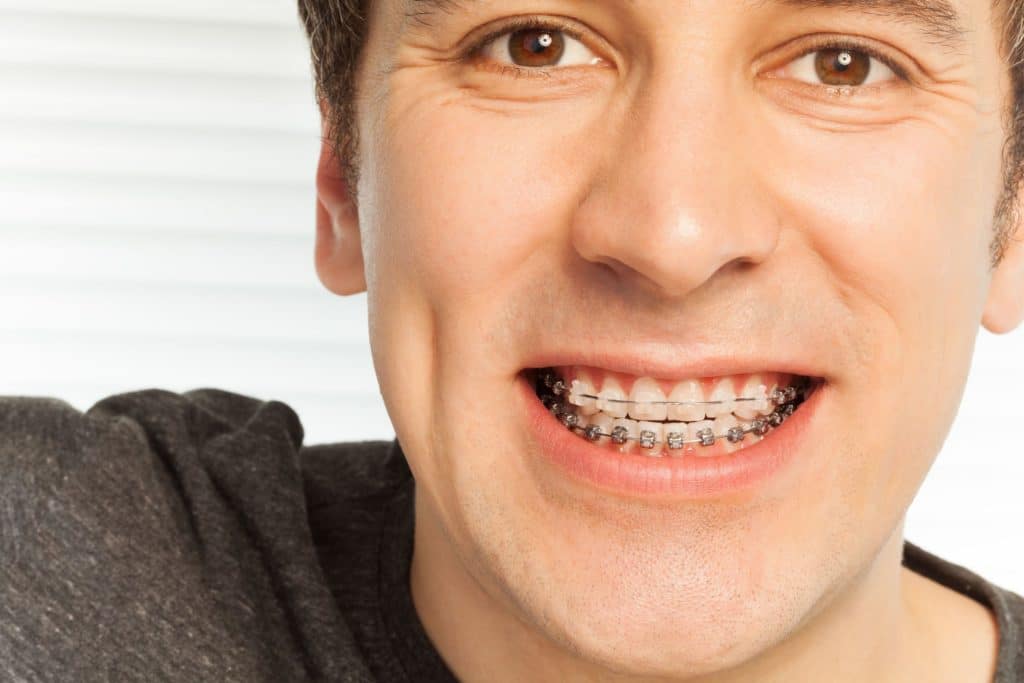If you’re considering straightening your teeth or correcting a bite misalignment, whether you are choosing to do it for aesthetic reasons or because a dentist recommended it for your dental health, you have a choice between traditional braces and Invisalign. Both methods aim to achieve the same goal—straightening teeth and improving overall oral health—but they differ in terms of appearance, comfort, and maintenance.
Table of Contents
ToggleMore About the Treatments: Braces and Invisalign Aligners
Traditional Braces
Traditional braces have been a staple in orthodontics for decades. They consist of metal brackets affixed to the teeth and connected by wires. These components work together to apply constant pressure to guide teeth. Braces use the tension created by the wires and brackets to gradually move teeth. Your dentist will adjust the wires at regular intervals to ensure steady progress; with the combination of force and friction shifting teeth into the desired positions.
Lingual and Ceramic Braces
Two braces options that are different from the typical metal braces that most people tend to think of when they consider braces include lingual braces and ceramic braces. Lingual braces are mounted onto the back side of your teeth, making them virtually invisible from the front. Ceramic braces are like traditional metal braces but have a more subtle appearance, being composed of tooth-colored or clear materials. Ceramic braces blend with the natural colour of teeth.
Invisalign Treatment
An Invisalign treatment involves a series of clear, custom-made aligners that are worn over the teeth. Invisalign aligners are made out of a smooth, comfortable plastic.
Invisalign relies on a series of custom-made aligners, each slightly adjusted to encourage tooth movement. The aligners are worn for at least 22 hours a day and are removed for eating, drinking, and oral hygiene. Each aligner is worn for two weeks to facilitate gradual movement before moving on to the next in the series. Invisalign aligners are virtually invisible.
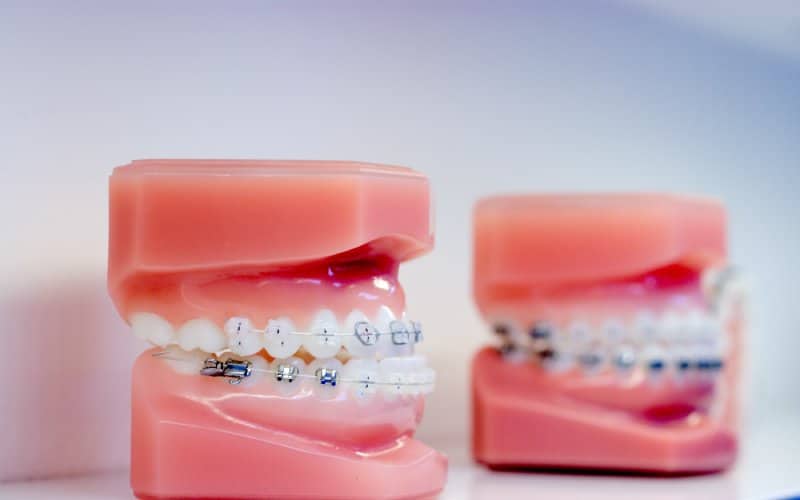
Pros and Cons of Braces
Pros
Braces are often more suitable for complex orthodontic issues, such as severe misalignments or bite problems, so some patients may need to have braces to address their concerns. Since braces are fixed to your teeth, you don’t need to worry about forgetting to put braces on, as you might with Invisalign.
Cons
Unless lingual or ceramic braces are chosen, braces are quite noticeable, which may be a concern for some adults and teenagers. The metal brackets may cause discomfort, irritation, and occasional injuries to the soft tissues of the mouth. Lingual braces can often be uncomfortable, and causes difficulties speaking, until the tongue becomes used to the braces on the back of the teeth. Ceramic braces are prone to staining.
Pros and Cons of Invisalign Clear Aligners
Pros
Invisalign aligners are nearly invisible, providing a discreet treatment option that is less noticeable than metal braces. You can remove Invisalign trays for eating, brushing, and flossing, making it easy to eat and keep your teeth and gums clean and healthy.
Some patients find this treatment more comfortable than braces, without the metal components that can irritate the soft tissues.
Cons
Invisalign is not suitable for severe orthodontic cases or cases requiring complex tooth movement. Also, success with Invisalign relies heavily on diligent compliance; the aligners must be worn for the recommended 22 hours daily. If you are likely to forget to put them in or wear them for the minimum time, braces may be a better option for you.
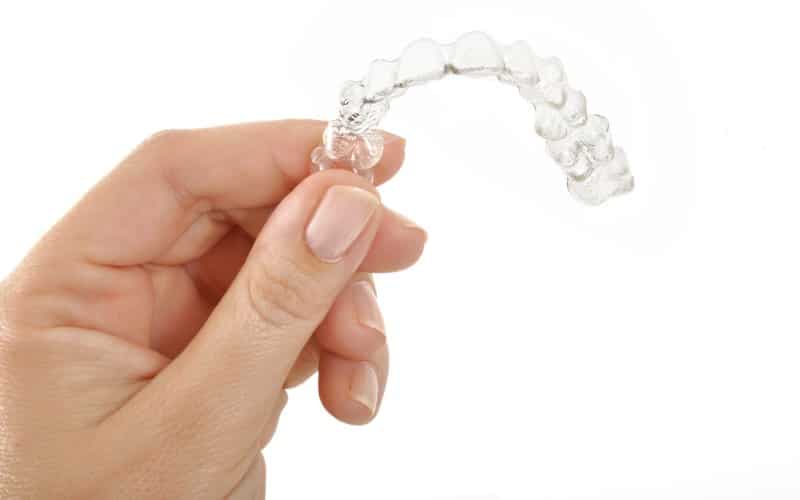
Candidate Suitability for Invisalign or Braces
Patients with severe misalignments or complex bite issues may find traditional braces more effective, or may require braces to treat these issues. Invisalign is suitable for patients with mild to moderate cases. Patients who may struggle with the compliance requirements of Invisalign may also be better off choosing to get braces instead.
Effective Orthodontic Treatments
Regardless of whether you have braces or Invisalign, you’ll be gaining the benefits of effective orthodontic treatment. Both methods are highly effective in achieving their primary goal: straightening teeth for oral health reasons.
By aligning teeth, orthodontic treatments make it easier to maintain effective oral hygiene practices, reducing the risk of cavities and gum disease. Properly aligned teeth are easier to clean, minimizing the accumulation of plaque and tartar. Various potential dental issues are associated with misalignments, such as jaw pain, excessive wear and tear on teeth, and more.
Individualized Treatment Plan
Ultimately, the best way to decide which is best for you is to consult with your dentist for an assessment, consultation, and recommendations.
Orchard Park Dental offers Invisalign clear aligner treatments to our patients, so they can enjoy comfortable, effective, and nearly invisible orthodontic correction of crooked teeth and other misalignments. Adults, kids, and teens alike can benefit from straightening their teeth; don’t delay, and contact us today.

After attending McMaster University to obtain his Health Science undergrad degree, Dr. Christopher Sims made his way to Toronto to complete his DDS degree at the University of Toronto. But his education didn’t stop there.
He’s completed a number of additional courses to best serve his patients and be able to educate them too. No matter your age or dental condition Dr. Sims can assist you in a professional manner and loves answering any of your questions or concerns.
Dr. Sims grew up in Grimsby playing basketball, so he’s always up for talking about the Raptors! He’s also a football fan – go Buffalo Bills! In his free time, if he’s not watching a basketball game or football game, you’ll likely find him working out, cooking (got any new recipe ideas?), and of course, spending time with his amazing family.

